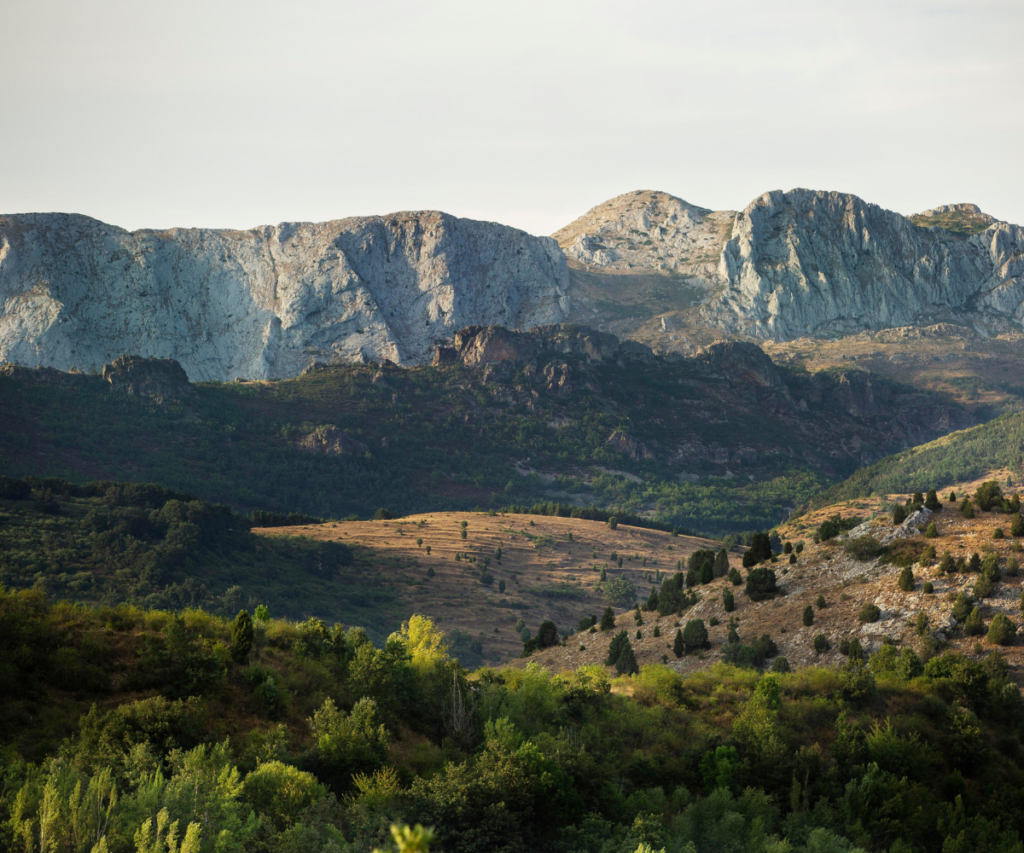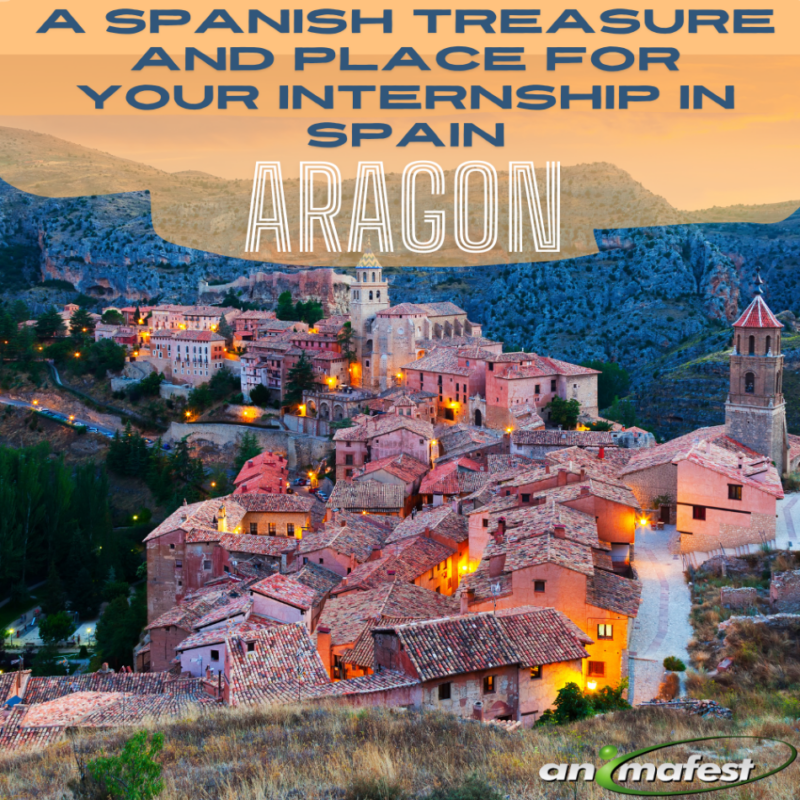Introduction
Aragon, located in northern Spain, is an autonomous community renowned for its rich historical heritage and stunning natural landscapes. Named after the Pyrenean rivers Aragón and Aragón Subordán, this region was once the heart of the powerful Kingdom of Aragon during the Middle Ages.
At Animafest, we are excited to introduce our internship in Spain. This internship programme is designed to offer participants a unique opportunity to gain hands-on experience and expertise in the hospitality and tourism industry, in key areas such as kitchen, bar and restaurant, reception, and entertainment.

History
Aragon is named after two small Pyrenean rivers, Aragón and Subordán. The region, now an autonomous community, was central to the ancient Kingdom of Aragon, which rose to prominence in the 11th century as a key political entity in medieval Spain. It started as a small county (Jaca) and expanded into a formidable kingdom, celebrated for its military prowess, maritime dominance, and cultural accomplishments. Many historical monuments, such as the Mudejar churches in Zaragoza (UNESCO World Heritage Sites), preserve its glorious past.
Culture
- Culture and Heritage:
Aragon is the birthplace of the famous artist Francisco de Goya and is home to various monasteries, castles, and cultural routes, like the George Orwell route, which commemorates his experiences during the Spanish Civil War. - Gastronomy:
Aragonese cuisine boasts a strong reputation, offering visitors an authentic culinary experience based on local products and traditional recipes. - Festivals:
- Fiestas del Pilar: Held in October in Zaragoza, this festival honors the Virgin of the Pilar with processions, concerts, and fireworks.
- Carnival of Bielsa: One of the oldest traditional carnivals in Spain, known for its unique costumes and dances.
Geography
- Mountains:
Aragon features breathtaking landscapes in the Pyrenees, offering opportunities for skiing, hiking, and outdoor activities. - Valleys/Plains:
The fertile Ebro Valley is a highly productive agricultural area with dense populations. - Deserts/Natural Parks:
The Bardenas Reales desert and Ordesa y Monte Perdido are unique ecosystems that attract nature lovers and hikers.

Main Cities
Zaragoza: As Aragon’s capital, Zaragoza is a city of immense historical importance. It is home to landmarks like the Basilica of Our Lady of the Pilar, a baroque masterpiece, and the Aljafería Palace, a 11th-century Moorish fortress.
Huesca: A historic city known for its Gothic cathedral and Roman remains, Huesca is the second-largest city and a gateway to the Pyrenees.
Teruel: Teruel is famous for its Mudejar architecture, a UNESCO World Heritage site. Its tranquil environment and proximity to ski resorts make it a popular destination.
Economy
- Agriculture:
Agriculture is crucial to Aragon’s economy, with fruits, vegetables, cereals, and livestock farming playing vital roles. - Industry:
Aragon has a diversified industrial sector, including automobile manufacturing, chemical production, and renewable energy. - Tourism:
Tourism is increasingly important, drawing visitors to its historical sites, festivals, and natural beauty. Enhanced infrastructure, such as ski resorts and hiking trails, continues to boost the region’s attractiveness.Most Visited Places
- Zaragoza:
- Basilica of Our Lady of the Pilar: A major Catholic sanctuary and baroque marvel.
- Aljafería Palace: A magnificent example of Mudéjar architecture, now home to the regional parliament.
- Plaza del Pilar: A bustling square surrounded by historical buildings, serving as a gathering spot for locals and tourists.
- Alquézar:
- A charming medieval village known for its cobbled streets and impressive castle. It serves as a starting point for visiting the Sierra and Guara Canyons Natural Park, famous for canyoning and climbing.
Densest Residential Areas
- Zaragoza:
With about 700,000 inhabitants, Zaragoza is the largest city and the region’s cultural and economic hub, blending ancient history with modern infrastructure. - Huesca:
With over 53,000 residents, Huesca is the second-largest city and offers a combination of rich cultural heritage and modern amenities. - Teruel:
Though smaller with around 35,000 inhabitants, Teruel is known for its architectural beauty and is popular among ski enthusiasts due to its proximity to Javalambre and Valdelinares ski resorts.
Conclusion
Aragon is a region rich in culture, history, and natural beauty. Its strong economy, diverse landscapes, and vibrant traditions make it one of Spain’s most fascinating and culturally significant areas. From historic cities to stunning mountains, Aragon offers a unique blend of past and present for both residents and visitors alike. So join us now in Animafest to have the possibility of exploring it all yourself.


